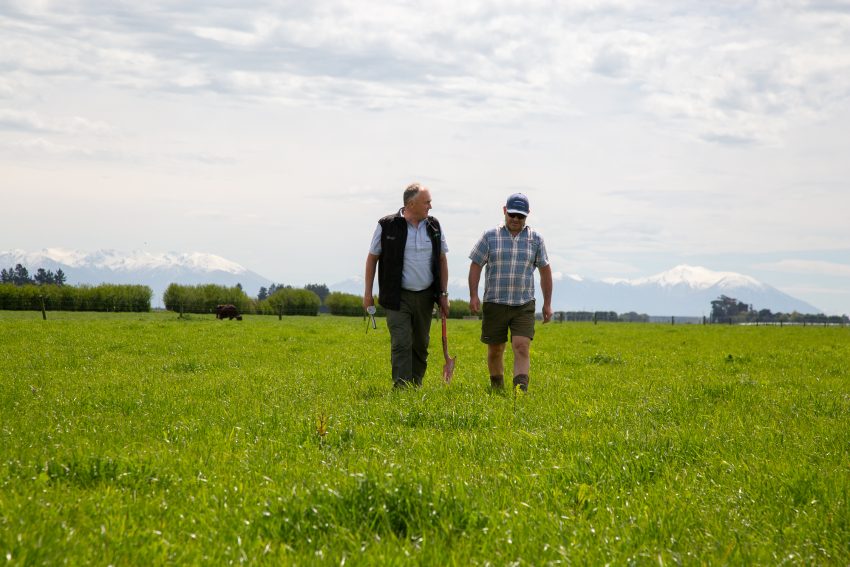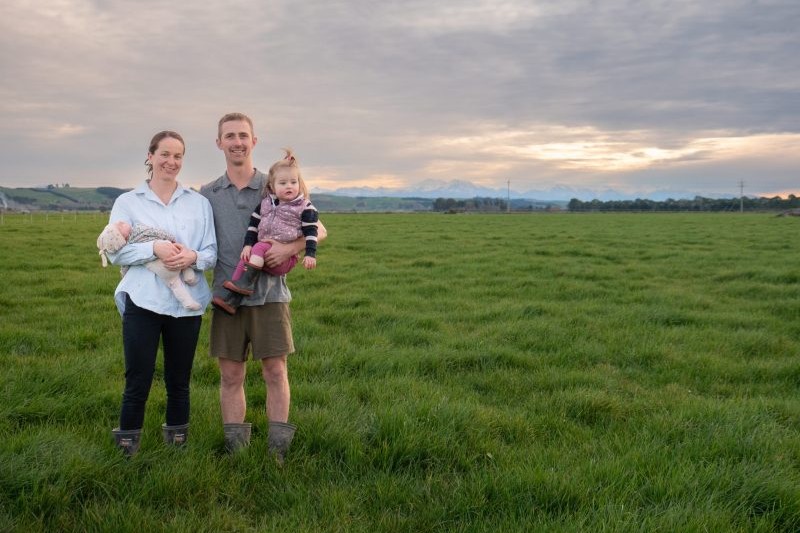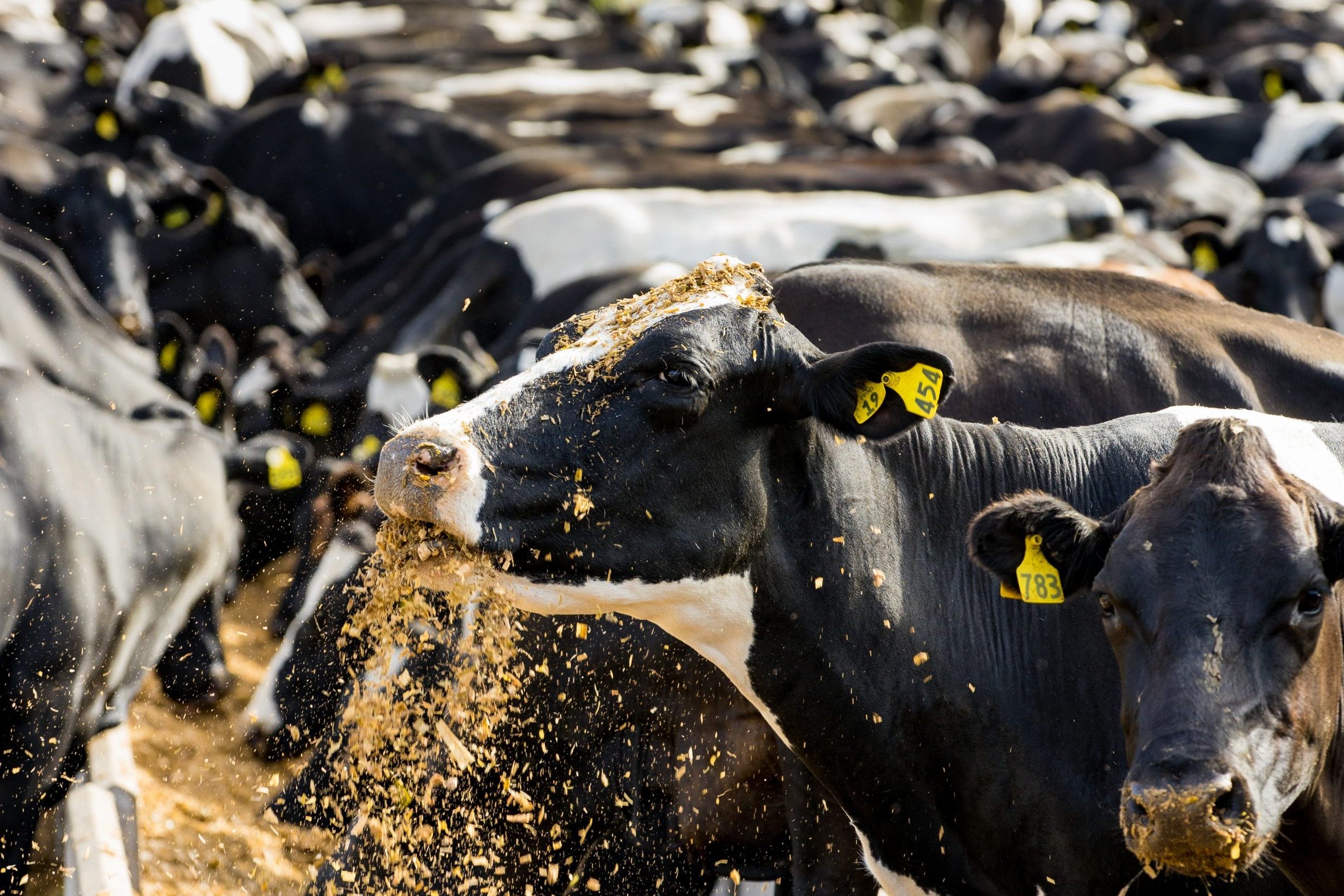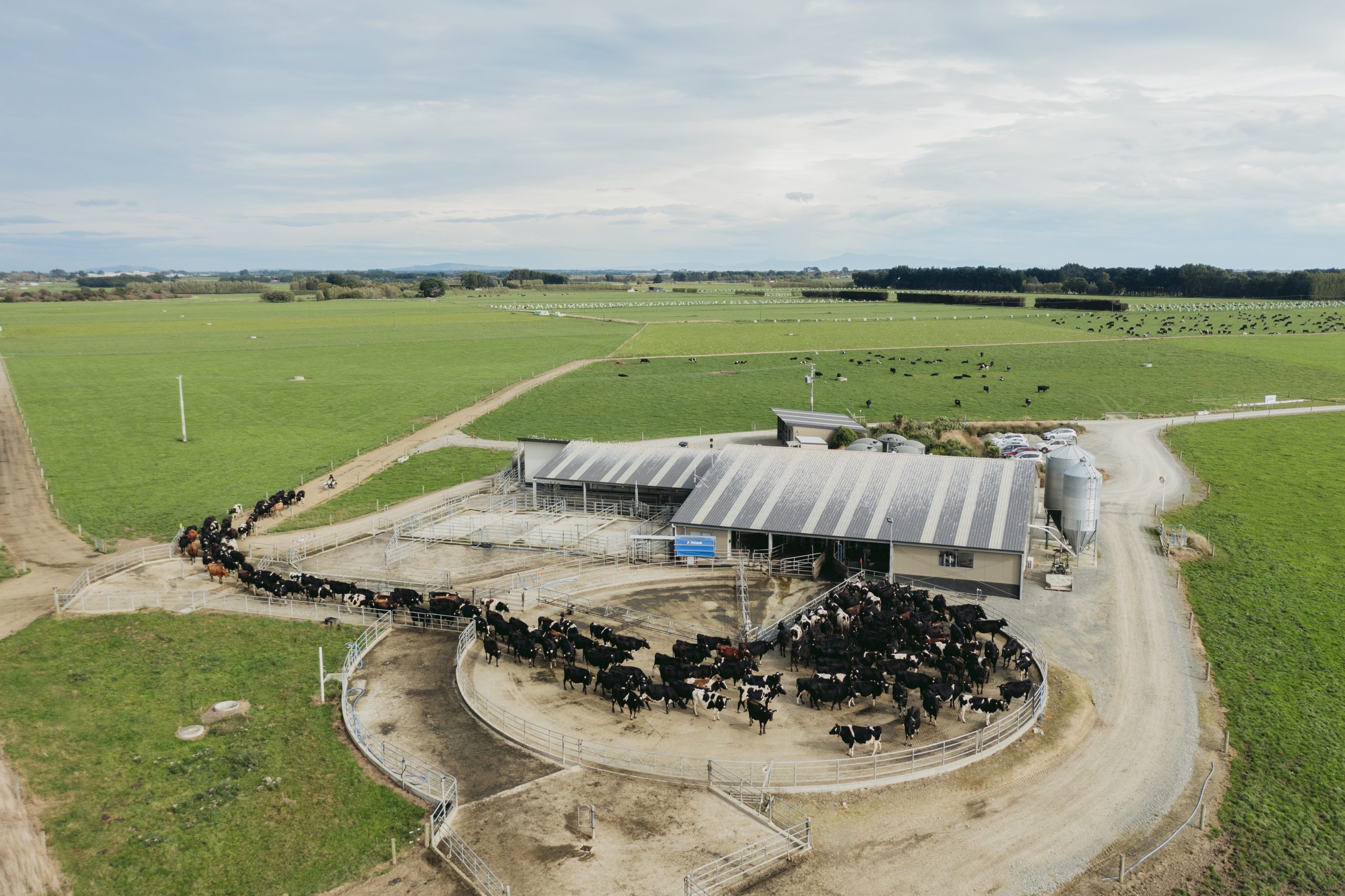How healthy soil affects more milk in the vat
How one Canterbury dairy farmer improved his soil health which led to an increase in pasture productivity and a decrease in nutrient leaching. Words Sarah Perriam-Lampp.

Craigmore Sustainables dairy farmers Dion and Kristie Gordon found that unlocking their soil structure meant more milk in the vat from the 900 cows at Long Beach in Canterbury.
On the Wairepo Yellow, a 235ha dairy farm, Dion discovered after working with Agraforum that the soils were too tight from compaction and the plant feeder roots were struggling to grow.
Three years ago, the couple began trials on 60ha using Agraforum’s EnviroCal winter treatment to aerate the soil, improve water drainage, and enhance plant growth. Its success meant they rolled it out across the whole farm.
“The reason we gave it a go is because it is a very wet farm and if we opened up the pores in the soil a bit more it would help with our drainage,” says Dion.
When Allan Piercy from Agraforum first came on farm with a penetrometer test, it went in about a centimetre. That indicates the aerobic depth of soil by measuring its resistance to penetration and therefore an indication of drainage ability and where soil microbes can breathe and work.
Better soil structure improves water absorption and drainage. “You can see a difference now, the loosening up of the soil as it gets more aerobic and the water wasn’t lying around as much,” says Allan.
Compaction limits oxygen flow. Allan explains that by increasing oxygen levels down further in the soil the roots can feed deeper and pasture is more resilient in the summer.
The next challenge Dion had was water-holding capacity and nitrate and phosphate leaching.
“Dion is farming in an area in Canterbury that has low anion storage capacity (ASC) – the measure of the ability of a soil to hold or bind things such sulphate or phosphate in DAP and super, both of which are 100% soluble,” says Allan. “If you put more on than the plants need at the time a lot of it washes straight through.”
Dion explains he was already using a low amount of fertiliser by industry standard, but has had a further 30% reduction in fertiliser use by using Agraforum’s recommendations and using less soluble sources of phosphorus and sulphur.
In addition Dion has trialled Bio-N. Bio-N provides an application of microbes through a foliar spray which facilitates the biological fixation of nitrogen for plant utilisation at a rate of up to 80kg N/ha in an 8–10-week period. This has replaced 3–4 rounds of urea.
To learn more, listen to the Agraforum’s Where Inches Matter podcast on how poor soil structure leads to stunted plant growth and why loosening the soil can dramatically improve your farm’s productivity.
Click here to watch the video ‘Improving Soil Health with EnviroCal’ on Dion Gordon’s farm.





